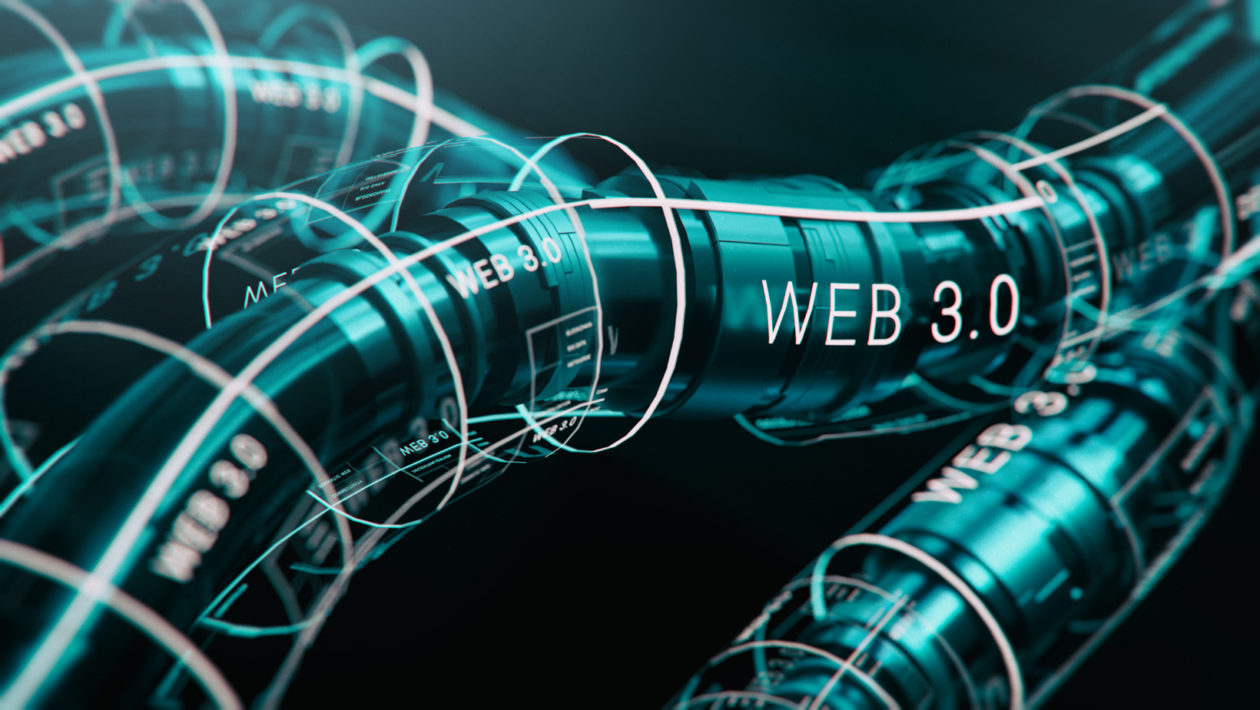When the internet first exploded into the mainstream, one of the first lessons learned, and stressed to younger generations, was to remain weary when claiming a domain or source of information as true and authentic — we had no idea just how much obfuscation the web would eventually foster.
Although decades have passed and the internet remains a core vehicle and route for interaction, Web2 is still an unruly landscape rife with unreliable sources, fraudulent activity, and compromised websites and transactions. Web3 promises more user protection, ownership of data and security, thanks to the decentralized nature of the blockchain, but in a world where anyone can easily broadcast information and claim it as a single source of truth, how do we ensure that the blockchain actually remains open, decentralized and trustless?
The answer is trustless oracles. They are a key component of the blockchain infrastructure stack that validate and enable smooth and seamless communication between our external world and on-chain environments. Although we often think of the blockchain as synonymous with cryptocurrency, its use cases extend far beyond financial functions.
What is an oracle?
In the simplest terms, oracles are tools that connect blockchains to external pools of existing data from the real world through enabled smart contracts. This real-world information could be anything from market prices, weather readings or location data. Smart contracts are where on-chain code and off-chain information are combined to support decentralized apps (dApps) that can then react to real-world events while interoperating with traditional systems. Oracles are multi-purpose and can work on various digital agreements and within different industries — their utility is nearly limitless.
Oracles can support and authenticate information off-chain while simultaneously upholding the benefits of blockchain technologies, such as enhanced security. But blockchain oracles are only as good as the reliable data sources to which they are connected to maintain accuracy and authentic decentralization. To accomplish this, trustless blockchain oracles use cryptography and other incentives to establish multiple nodes that can unanimously reach consensus over shared data.
What makes something trustless?
Blockchain natives throw around the word “trustless” when referring to oracles, but what does that actually mean? When an oracle is trustless, it qualifies it as no longer needing the trust of a third party, which can be achieved when all participants or nodes agree on a single truth without an overarching authority or the need to know and trust each other.
Unfortunately, manipulation can occur and those instances have led to exploits such as those related to Deus Finance and Solend. So how do oracles overcome the manipulation and reach a “trustless” state? Through a rigorous system of checks and balances, incentives for data providers to act in good faith, and financial deterrents to discourage nefarious actors and actions.
Uses cases big and small
The oracle is particularly important for decentralized finance (DeFi) applications because blockchains have no native means to access data outside of the chains themselves. In spite of this, virtually any and all industries would benefit from oracles because they compile, organize and validate information in a secure way free of compromise.
Oracles can be used to improve the security of dynamic NFTs and the growing number of interactions in GameFi; ensure patients, physicians, and other authorizers like health insurance companies and employers receive the best care while guaranteeing data privacy; enhance the efficacy and management of the supply chain; source how and where items are produced like pharmaceuticals or foods to prevent harmful products from circulating to the masses and to validate the sustainability of goods like clothes or household items.
These are only a few of the benefits, proving that oracles have real-world use cases aside from crypto and could significantly improve how society functions in a safer and more secure way.
How trustless oracles shape the metaverse’s destiny
When it comes to making metaverse experiences as realistic, accurate and complementary to our in-person reality as possible, oracles will be an integral tool and marker of Web3’s success.
In the metaverse, oracles serve as the sturdy bridge connecting the real and virtual world while providing potentially massive value by unlocking tools for dApps such as lotteries, loot boxes, randomized NFT projects, play-to-earn games, raffles and more. The ability to offer these services in a truly autonomous, trustless, decentralized way will help create more robust and fair metaverse experiences across augmented reality, artificial intelligence and NFTs.
Additionally, cross-chain connectivity is vital to the health of Web3 and the metaverse. Because so many applications are being developed with varied characteristics and requirements, oracles will be necessary to bridge the multi-chain ecosystem and enable seamless travel from metaverse application to application. This will make for a world that is truly open and easy to navigate.
Looking ahead
Although the technology and its perceived contributions have evolved over the years, oracles, now, more than ever, enable the seamless and secure connection between real life and the tremendous potential of Web3. Blockchain technology can and will shape the future of commerce, self-identification, authentication, in-person experiences and so much more both in and out of the metaverse.
Oracles are the ecosystem builders, and although it feels like they live as tiny microcosms in isolation, they embody something much bigger that can improve life as we know it. One day we will owe our seamless digital experience to a little thing called trustless oracles.





